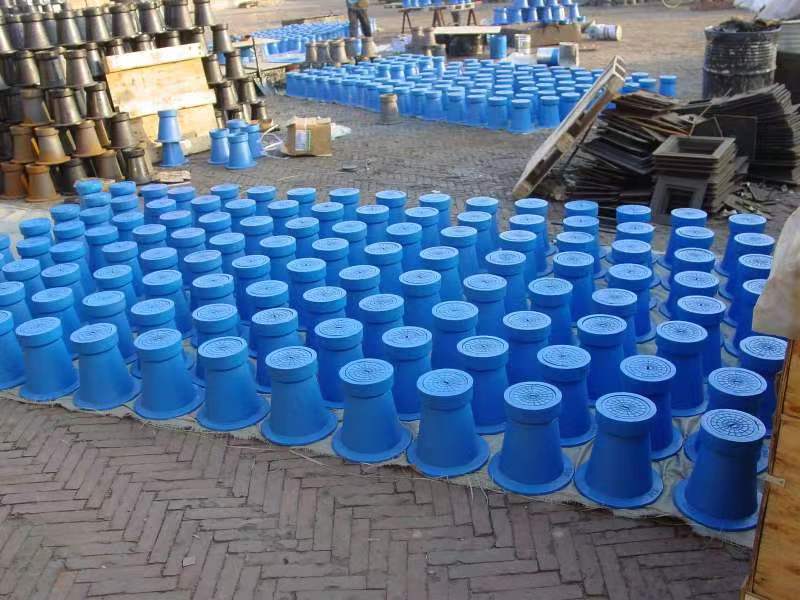Understanding Butterfly Valve Seals for Optimal Performance and Longevity in Fluid Control Systems
Understanding Butterfly Valve Seals
Butterfly valves are widely used in various industries for regulating flow due to their simple design and efficient operation. A pivotal component of these valves is the seal, which plays a crucial role in ensuring a tight shut-off and preventing leaks. In this article, we will explore the function, types, materials, and maintenance of butterfly valve seals.
Function of Butterfly Valve Seals
The primary function of a butterfly valve seal is to provide a barrier between the fluid being controlled and the external environment. This seal is positioned between the valve body and the disc, which pivots to open or close the flow. A reliable seal is essential for maintaining pressure and preventing leakage, which can lead to costly downtime, environmental hazards, and safety issues.
Types of Butterfly Valve Seals
There are several types of seals used in butterfly valves, each with its own advantages and limitations
1. Soft Seals These seals are typically made from elastomers like EPDM, NBR, or PTFE. Soft seals are known for their excellent sealing capabilities and adaptability to irregular surfaces. They provide a tight shut-off, making them suitable for applications that require minimal leakage.
2. Metal Seals Metal seals are often used in high-temperature and high-pressure applications where soft seals might fail. Materials such as stainless steel or Inconel are common choices for metal seals. They can withstand extreme conditions but may not provide the same level of tightness as soft seals.
3. PTFE Seals Teflon (PTFE) seals are popular due to their chemical resistance and low friction properties. They can handle a wide range of temperatures and chemicals, making them ideal for industries such as pharmaceuticals and food processing.
butterfly valve seal

4. Combination Seals Some butterfly valves use a combination of soft and metal seals to leverage the benefits of both. For example, a soft seal might be used for general flow control, while a metal seal is deployed in situations where higher pressures or temperatures are encountered.
Materials Used in Butterfly Valve Seals
The selection of materials for butterfly valve seals is critical for performance and longevity. Factors such as temperature, pressure, and the nature of the fluid must be considered when selecting a seal material. Common materials include
- EPDM Excellent for hot water and steam applications, as well as for resistance to ozone and UV radiation. - NBR Commonly used for petroleum-based fluids and provides good mechanical properties. - PTFE Ideal for corrosive chemicals and high-heat applications, offering a slippery surface that promotes easy operation. - Silicone Diverse in application but exhibits limited mechanical strength; often used in food and pharmaceutical applications.
Maintenance of Butterfly Valve Seals
Regular maintenance is essential to ensure the longevity and effectiveness of butterfly valve seals. Here are some key maintenance practices
- Inspection Regularly inspect seals for wear, cracks, or degradation. Early detection of wear can prevent leaks. - Cleaning Ensure that the valve and seal are free from debris and buildup, which can compromise sealing efficiency. - Lubrication Depending on the material, some seals may require lubrication to maintain their elasticity and prevent bonding to the valve body. - Replacement Seals should be replaced at the first sign of significant wear or after a predetermined service interval, depending on operational conditions.
Conclusion
In summary, butterfly valve seals are integral components that ensure optimal performance and safety in fluid systems. Understanding the different types of seals, their materials, and proper maintenance can help in selecting the right valve for specific applications and prolonging their service life. Proper attention to butterfly valve seals not only enhances operational efficiency but also mitigates the risks of leaks and failures, making it an essential aspect of valve management.
-
The Smarter Choice for Pedestrian AreasNewsJun.30,2025
-
The Gold Standard in Round Drain CoversNewsJun.30,2025
-
The Gold Standard in Manhole Cover SystemsNewsJun.30,2025
-
Superior Drainage Solutions with Premium Gully GratesNewsJun.30,2025
-
Superior Drainage Solutions for Global InfrastructureNewsJun.30,2025
-
Square Manhole Solutions for Modern InfrastructureNewsJun.30,2025
-
Premium Manhole Covers for Modern InfrastructureNewsJun.30,2025
